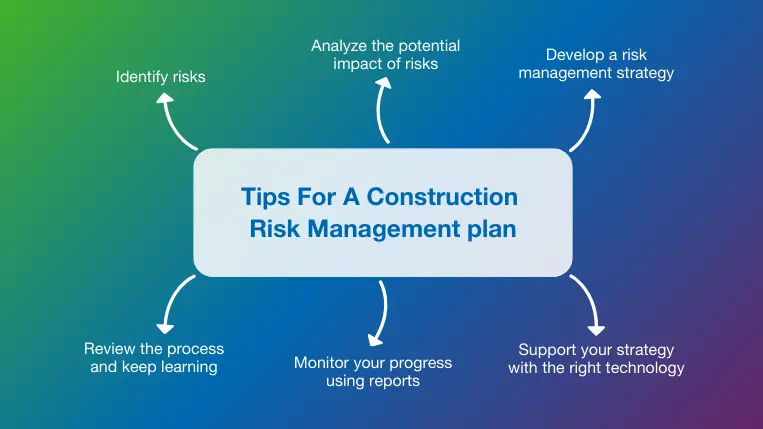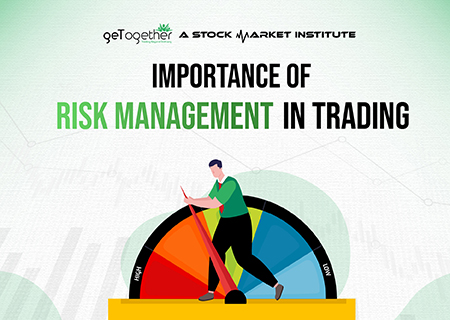Exploring the Value of Risk Management for Effective Decision-Making Techniques
In the elaborate world of business, Risk Management arises as an essential consider the decision-making process. The capability to identify prospective threats and possibilities, and strategize as necessary, can spell the distinction in between success and failure. With devices such as SWOT and PESTEL, companies are furnished to make informed selections, fostering strength and versatility in an ever-changing environment. Wondering just how this functions? Let's unpack the characteristics further.
Understanding the Principle of Risk Management
Risk Management, an essential part in decision-making, is usually misconstrued or oversimplified. Risk Management involves regimented and organized techniques, utilizing information and insightful assessments. From monetary uncertainties, lawful obligations, strategic Management mistakes, to accidents and natural calamities, it resolves numerous threats - importance of risk management.
The Duty of Risk Management in Decision-Making Processes
In the world of tactical preparation and company procedures, Risk Management plays an essential role in decision-making processes. It aids in identifying possible hazards and uncertainties that could affect the accomplishment of service goals. By tracing these risks, firms can formulate approaches to minimize their influence, ensuring organization continuity and security. Risk Management thus ends up being an essential device in decision-making, helping leaders to make informed options based upon a comprehensive understanding of the dangers entailed. It urges a proactive method, allowing companies to prepare and prepare for for possible future scenarios. This substantially lowers the possibility of unfavorable effects, promoting much more reliable and effective decision-making approaches. Risk Management offers as a vital part in the decision-making procedures of any kind of company.

Exactly How Risk Management Boosts Strategic Preparation
In the context of critical preparation, Risk Management plays a pivotal function. Initiating with the recognition of prospective dangers, it even more includes the execution of Risk mitigation actions. The duty of Risk Management is vibrant however not static, as it requires continuous monitoring and adjusting of strategies.
Recognizing Possible Dangers

Applying Risk Mitigation
Risk mitigation techniques can vary from Risk avoidance, Risk transfer, to run the risk of decrease. Each technique should be customized to the details Risk, considering its prospective effect and the organization's Risk resistance. Effective Risk mitigation calls for a deep understanding of the Risk landscape and the prospective impact of each Risk.
Monitoring and Changing Strategies
Though Risk mitigation is an essential action in tactical preparation, constant surveillance and modification of these approaches is similarly vital. This continuous procedure allows companies to identify new threats and reassess existing recommended you read ones, making sure the implemented methods remain efficient in the ever-changing business webpage atmosphere. It additionally provides a chance to review the success of the Risk Management procedures, permitting adjustments to be made where needed, more enhancing calculated preparation. Efficient tracking and change call for the use of analytics and essential efficiency indicators (KPIs) to measure efficiency. These devices provide important data-driven understandings that can inform calculated decision-making. Consequently, tracking and readjusting Risk Management methods is a crucial element for boosting an organization's resilience and tactical preparation.
Situation Researches: Effective Risk Management and Decision-Making
In the world of service and financing, effective Risk Management and decision-making often act as the columns of flourishing ventures. One such entity is an international oil business that alleviated economic loss by hedging versus fluctuating oil costs. In one more instance, a tech startup flourished by determining and accepting high-risk, high-reward strategies in a volatile market. An international financial institution, encountered with governing unpredictabilities, effectively navigated the situation via aggressive Risk assessment and vibrant decision-making. These instances highlight the worth of sharp Risk Management in decision-making processes. It is not the lack of Risk, however the Management of it, that usually sets apart effective business from unsuccessful ones. These instances highlight the crucial duty of Risk Management in calculated decision-making. importance of risk management.
Devices and Techniques for Efficient Risk Management
These tools, such as Risk registers and heat maps, help in determining and analyzing possible threats. Risk feedback strategies, a key component of Risk Management, involve accepting, avoiding, transferring, or mitigating risks. With these techniques and tools, decision-makers can navigate the facility landscape of Risk Management, therefore promoting educated and reliable decision-making.
Future Trends in Risk Management and Decision-Making Techniques
As we explore the huge landscape of Risk Management, it comes to be evident that the devices and strategies used today will proceed to develop. The principle of Risk society, where every member Recommended Reading of a company is mindful and involved in Risk Management, will obtain much more prestige. These trends declare an even more comprehensive and positive strategy towards Risk Management and decision-making.
Verdict

Risk Management therefore ends up being a vital tool in decision-making, assisting leaders to make educated options based on a detailed understanding of the dangers included. Risk reduction methods can vary from Risk evasion, Risk transfer, to run the risk of reduction (importance of risk management). Effective Risk reduction needs a deep understanding of the Risk landscape and the prospective influence of each Risk. Risk action approaches, a key element of Risk Management, include approving, avoiding, transferring, or mitigating risks. The idea of Risk society, where every participant of a company is mindful and included in Risk Management, will obtain a lot more prominence